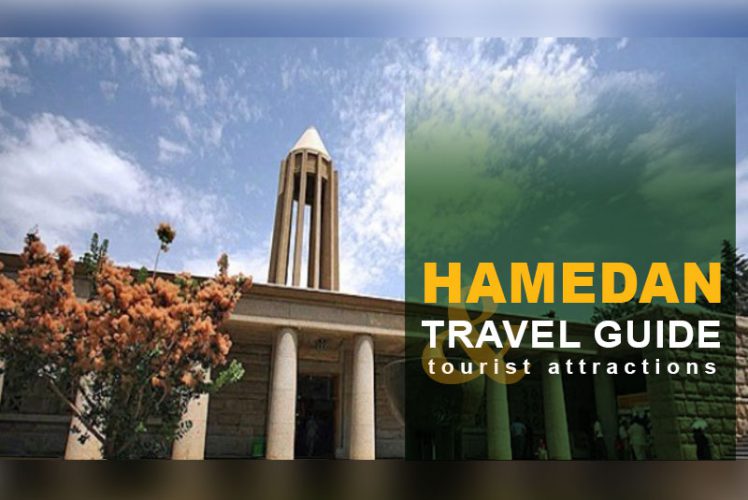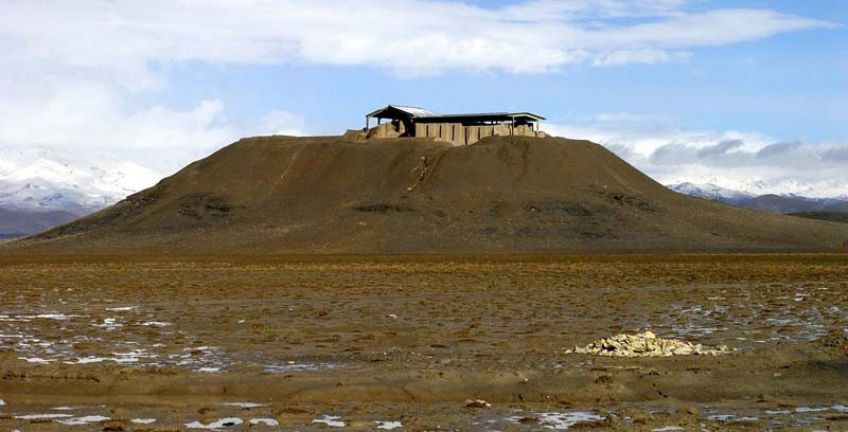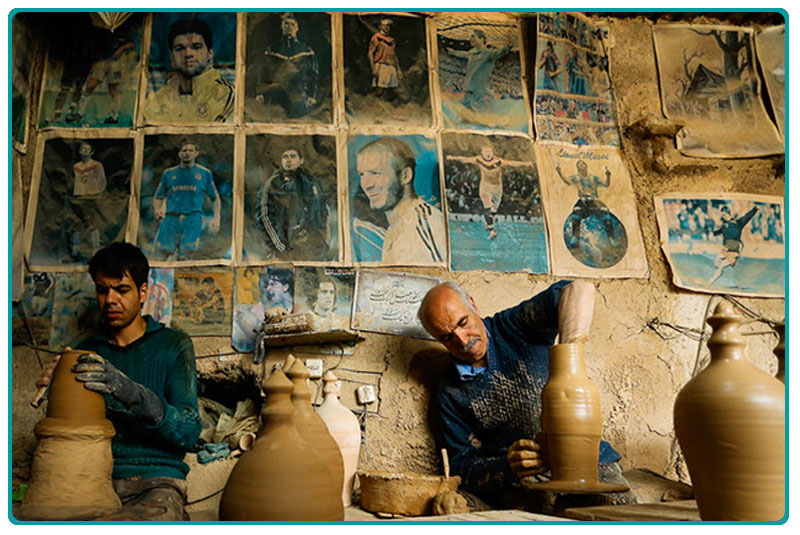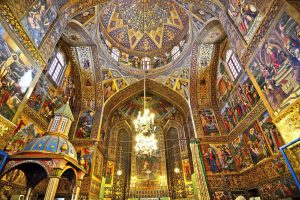Hamedan Travel Guide and Tourist Attractions
Hamedan is a beautiful province in west of Iran with many historical and natural attractions. The capital is the city of Hamedan which is among the oldest Iranian cities. Herodotus, the ancient Greek Historian, states that “Ecbatana” (modern-day: Hamedan) was the capital of the Medes, around 700 B.C. founded by Deioces, the first king of the Medes. Spring and summer are the best time for travelling to Hamedan.
Ali Sadr Cave
“Ali Sadr Cave” is the largest water cave in the world. This is a must-see and likely the most important attraction in Hamedan Province. There is a huge lake inside the cave, so people go on a boat ride to explore it more. amazing lighting shows its depth. The cave dates back to Jurassic Period. “Ali Sadr Cave” is different from many other caves and visiting this cave is unique experience.
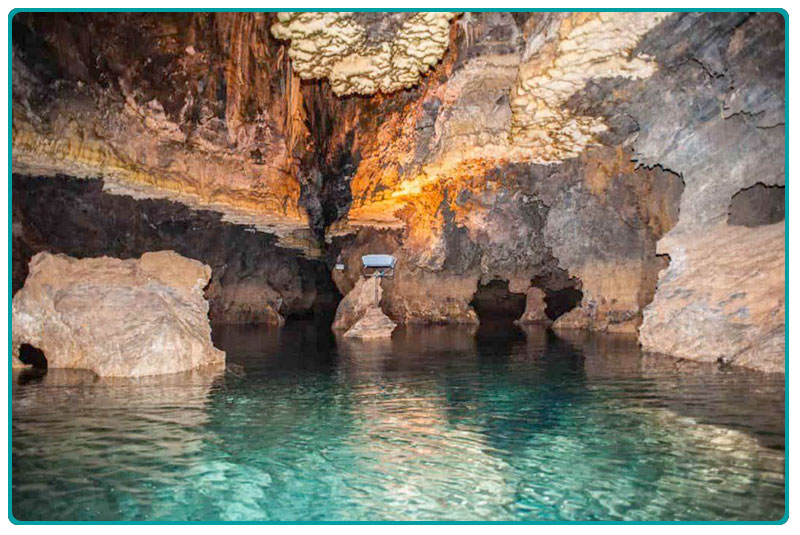
Ibn-e Sina Tomb
Ibn-e Sina (Avicenna) is a significant Persian polymath especially famous in medicine and philosophy who was born in 980 A.D. There is also an interesting museum of his books. His most important book is called “The Canon of Medicine”, a five-volume medical encyclopedia. The tomb is located in Hamedan downtown. The building is surrounded by a beautiful garden and water feature. Its structure is inspired by Gonbad-e Qabus (in the city of Gonbad-e Kavus).
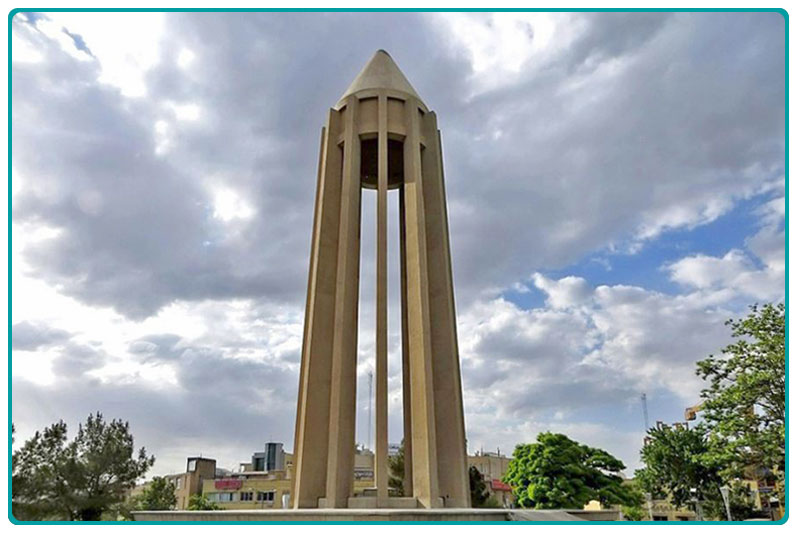
Ganjnameh Inscriptions
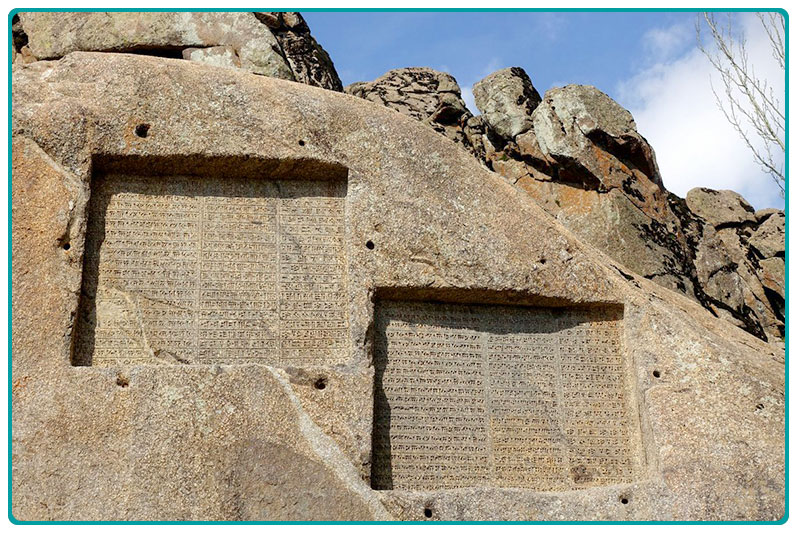
Ganjnameh is a historical and also recreational site with many facilities and pleasant mountain weather and also pretty sceneries, including a nice waterfall and three ancient inscriptions from Achaemenid Empire (around 500 BC) which were carved into Alvand Mount cliffs. These historical inscriptions are in three languages; Old Persian, Elamite and Babylonian. In one part of this inscription, it was written: “The great God is Ahuramazda, who created man and created happiness for man”.
Hegmataneh Hill
Hegmataneh has a very long and fascinating history and unfortunately I am afraid that I will make mistakes, as well as not prolonging this post, I would suggest you to read about it on Wikipedia. I’ve read the Wikipedia and it’s really perfect.
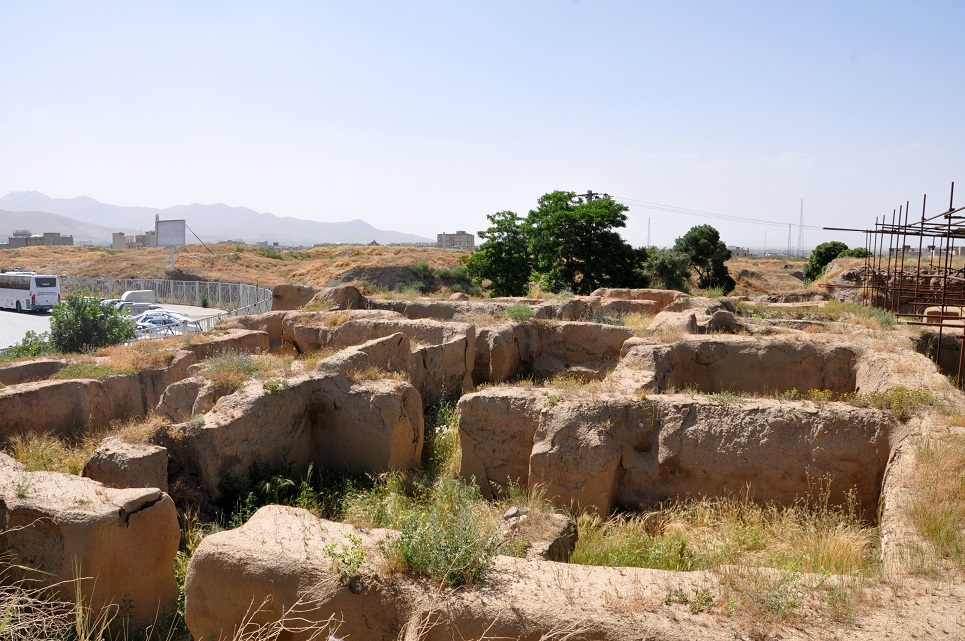
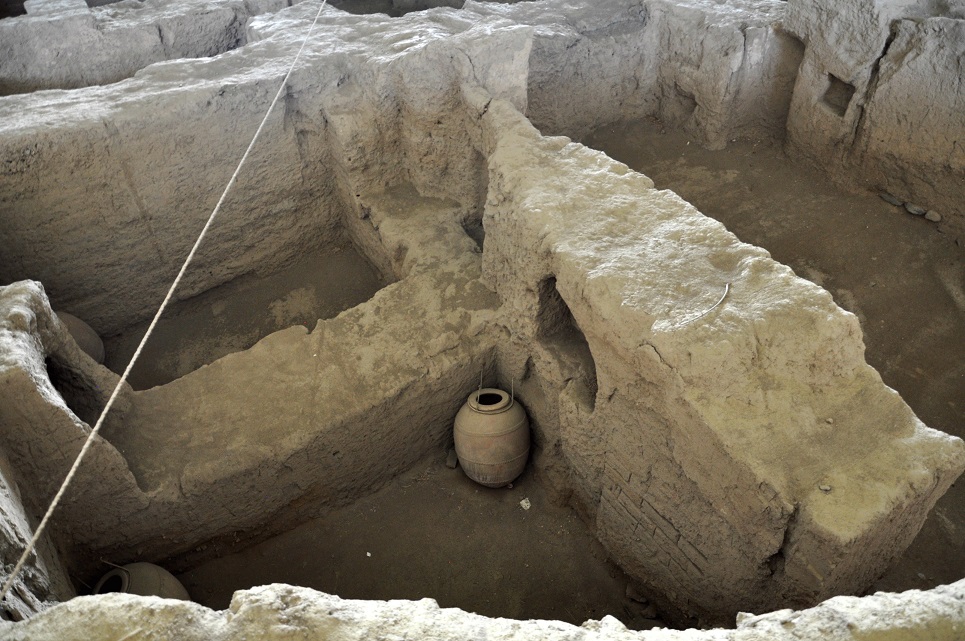
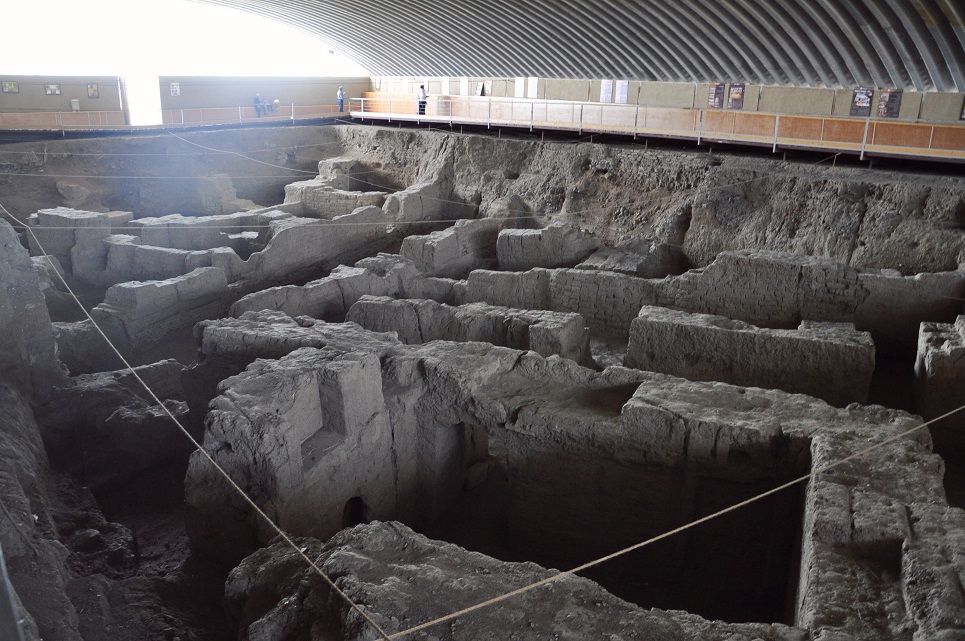
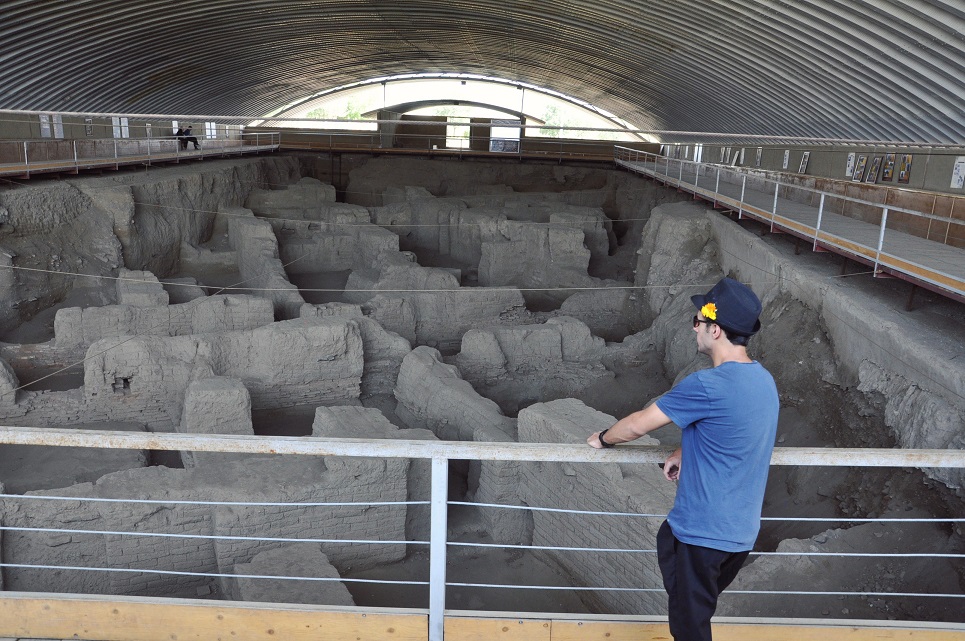
It’s an ancient site and the place of Iran first capital and one of world’s oldest cities. Herodotus stated that Ecbatana or Hegmataneh was the capital of the Medes (around 700 B.C.) which was founded by Deioces, the first king of the Medes. There is also a museum with lots of really ancient objects.
* The Golden Rhyton shaped as winged lion (from Achaemenid Empire) was discovered in this site, and it’s now at National Museum of Iran in Tehran.
Tomb of Esther & Mordechai
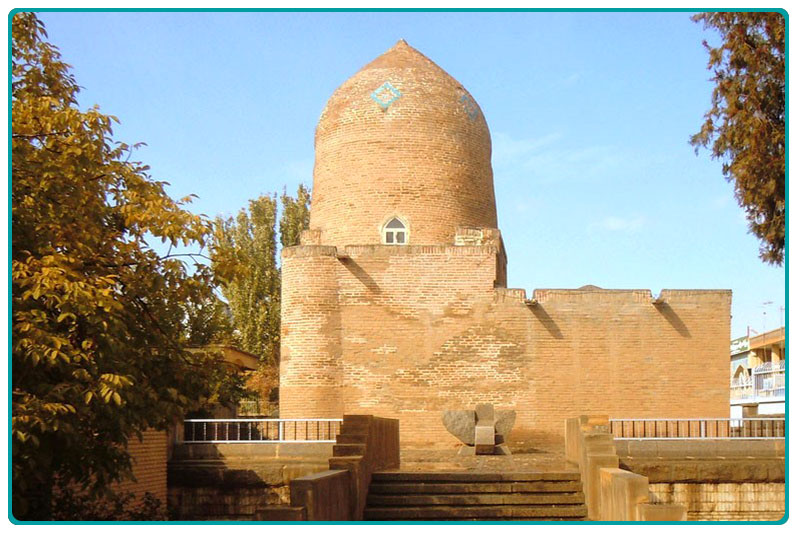
This is the traditional burial site of Esther, a Jewish heroine who was the wife of Xerxes I, and her uncle, Mordechai. It’s a well-maintained holy site of pilgrimage for Iranian Jews. “Esther and Mordechai Tomb” is one of the most important Jewish shrines in Iran and even in the world and this place is also historically significant.
Tomb of Baba Taher
“Baba Taher” was a great Persian poet. His Tomb is located in Hamedan, close to the downtown. The mausoleum has a simple exterior but a splendid interior with poetries on the its walls. “Baba Taher” is chiefly famous for informal tone of his poems.
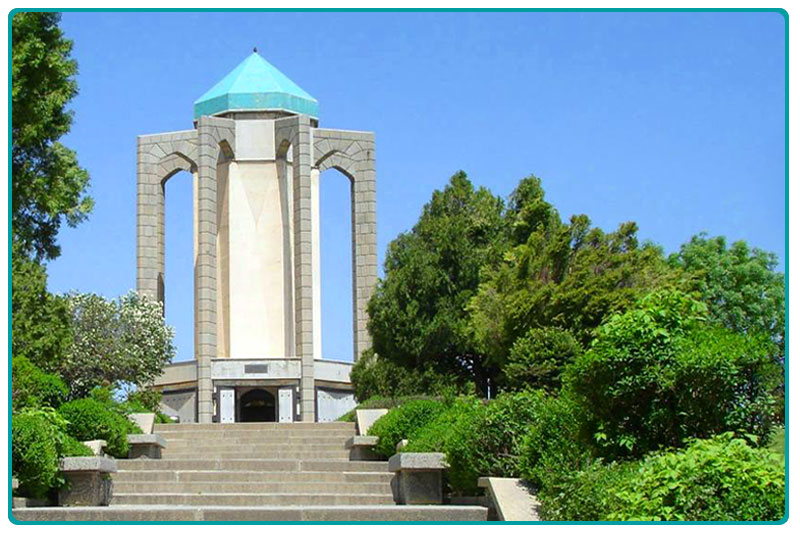
Gonbad-e Alavian
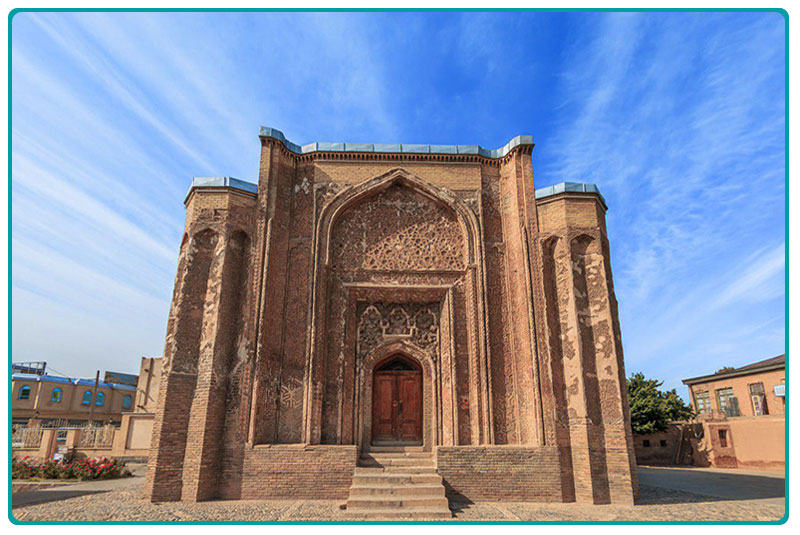
“Gonbad-e Alavian” is one of the masterworks of Islamic architectural style from Seljuk dynasty. It was a mosque at first but it turned to the tomb of Alavi family.
The stucco work of this structure is monochrome but astonishing.
Alvand Mountain
Alvand is a subrange of the Zagros Mountains in western Iran located 10 km (6.2 mi) south of the city of Hamadan in Hamadan Province. It has an elevation of 3,580 m (11,750 ft).
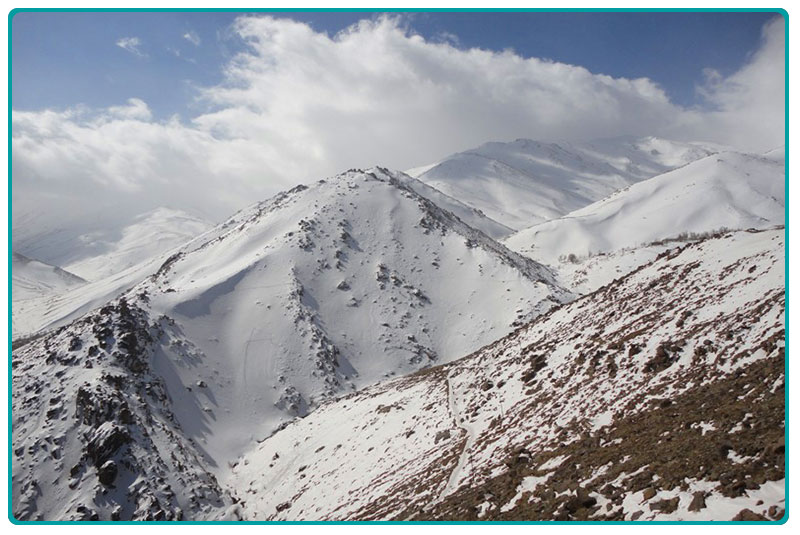
Alvand Mount, with over 3500 m high and pleasant weather, is a natural attraction in Hamedan Province near to Ganjnameh. Visitors could get a gondola ride to the top and enjoy the wonderful views. There is a café at the top. There are also two other lovely places near to Alvan Mount: “Mishan Plain” and “Abbas Abad”.
Shir Sangi
Hamadan Stone Lion
Remain of the ‘Lionsgate’ of Hamadan
The stone lion of Hamadan (Persian: شیر سنگی همدان šir-e sangi-ye hamedân) is a historical monument in Hamadan, Iran.
The stone lion – one part of the ‘Lions’ Gate’ – sits on a hill where a Parthian-era cemetery is said to have been located.
When first built, this statue had a twin counterpart for which they both constituted the old gate of the city. During the Islamic conquest of Persia, the victorious Arabs referred to the gate as bâb ul-asad (Persian: بابالاسد, “the lions’ gate”).
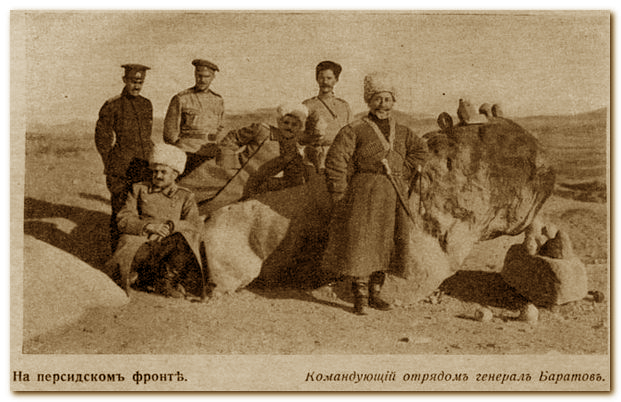
Stone Lion or Shir-e Sangi of Hamadan
The gates were demolished in 931AD as the Deylamids took over the city.
Mardāvij unsuccessfully tried transporting one of the lions to Ray. Angered by the failure to move them, he ordered them to be demolished. One lion was completely destroyed, while the other had its arm broken and pulled to the ground. The half-demolished lion lay on its side on the ground until 1949, when it was raised again, using a supplemental arm that was built into it.
General Baratov posing at front of Hamadan Stone Lion, about 1917
In 1968 Heinz Luschey demonstrated that the lion is a Hellenistic sculpture and that the lion monument at Chaeronea (erected in 338 BC) is comparable. His interpretation that it was built by the orders of Alexander the Great to commemorate the death of his close companion Hephaestion in 324 BC.[1] is adopted by Iran’s Cultural Heritage Organization.
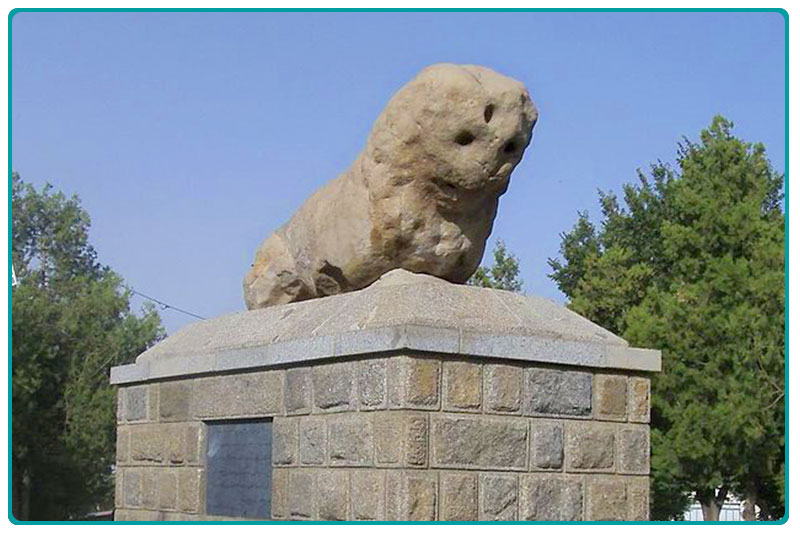
“Shir Sangi” (literally means stony lion), is a stony statue. It was made by one of Alexander the Great’s men in 324 BC. This statue was placed by one of Hamedan’s gates to protect this city against evils and disasters. This place is also good for Iranian families to have picnics.
Tepe Nush-e Jan
“Nush-e Jan” is the remainder of an ancient temple which dates back to around 2800 years ago (the Medes period). It was a mud brick fire temple.
The ancient Iron Age settlement known as Tepe Nush-e Jan can be found 50 kilometers south of modern Hamadan (ancient Ecbatana). It is often described as a Median town, and perhaps rightly so. However, there is a problem. According to written sources, the Medes were masters of large parts of Iran and Turkey, so we would expect to find more or less the same objects in the centers of government.
However, so far, it has been impossible to identify the objects that represent the Median state. The empire of the Medes is not an archaeological fact (yet), but exists only as something mentioned by Herodotus and texts based (directly or indirectly) upon this entertaining Greek author, like the Biblical book of Daniel. A possible explanation for this discrepancy is that the Medians remained nomadic, and that Herodotus has projected aspects of the Achaemenid Empire – a real, fully developed state – backwards.
What & Where to eat in Hamedan:
Like other provinces, there are many traditional foods in Hamedan. The most famous ones are “Sardashi” and “Ghot”. The ingredients of “Sardashi” are lamb, potato, onion, green pepper and tomato. The ingredients of “Ghot” are bread, cheese, vegetables and walnut and it’s actually a snack which is mostly served in the afternoon. In Hamedan, there is a wide variety of soups and broths. Top restaurants where you can have the best foods are “Nael Eshkeneh”, “Delta” and also “Ariayian Dizi” for eating delicious dizi which is a traditional Persian food.
In Hamedan Province, there are many tasty sweets, popular ones are “Komaj” and “Nan Shirmal” and also two semi-liquid sweets that are called “Angosht Pich” and “Halva Zardeh”. Best and the most famous confectionery in Hamedan is “Ostadan”. In this district, you can also try traditional grape syrup (from the city of Malayer) and walnut (from the city of Tuyserkan) and a variety of pickles.
What & Where to buy in Hamedan:
There are various souvenirs in Hamedan Province, edible ones such as traditional sweets (Komaj, Nan Shirmal, Angosht Pich and Halva Zarde), walnut and grape syrup. And there are also diverse handicrafts in this province, the most important ones are attractive and colorful potteries and ceramics. Best place for buying these souvenirs is Hamedan Bazaar. “Lalejin” is a city, 20 km away from Hamedan, which is known as the center of pottery and ceramic productions in Iran and in the Middle East, where you can buy the finest ones from its shops.
Best hotels in Hamedan:
1- Bu Ali Hotel
2- Baba Taher Hotel
3- Parsian Azadi Hotel
4- Amiran Hotel
